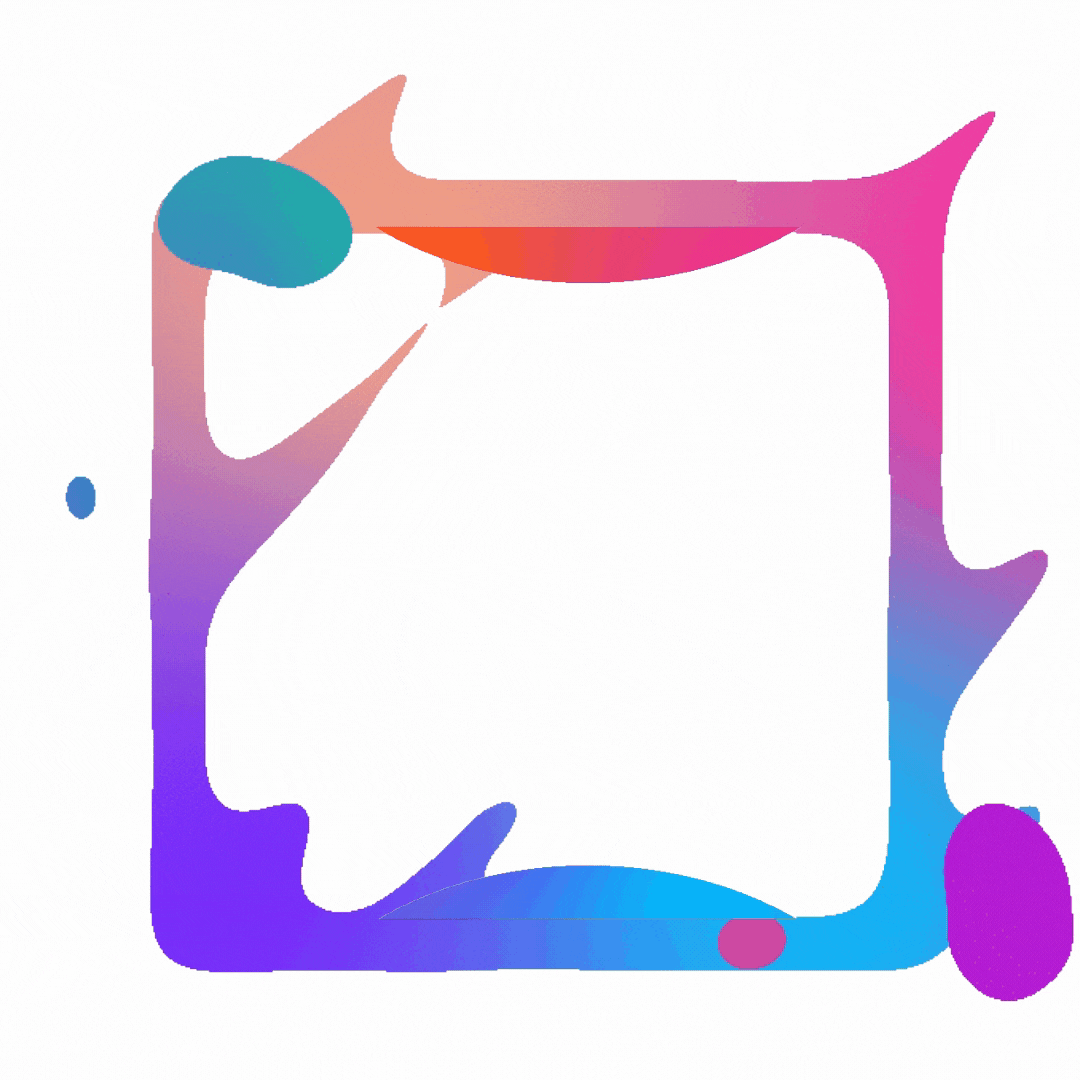Who We Are

We Are Organized Differently
Our group is quite informal, rapidly evolving, easy to join and to leave. It now gathers about 100 members from more than 15 countries, representing a broad swath of disciplines relevant to the present crisis including, but not limited to, epidemiological modeling, artificial intelligence, immunology, game theory, drug development, diagnostic screening and testing, economics, and data management (Fig. 1). We are all volunteers, and our objectives are neither fame nor fortune; we simply hope to be helpful.

Young People Play A Major Role: Bridging The Gap
Our premise is that existing methods to understand and manage this pandemic are inadequate, and that significant innovations are required to meet the current challenge, as well as to prepare to respond to any future pandemics effectively and efficiently.
Innovations cannot be imposed, managed, or predicted, but the likelihood is greatly increased when disciplinary boundaries are bridged and young scientists and technologists can freely access mentors while strategizing against unprecedented challenges. Thus, from the outset, our members ranged widely in terms of ages and expertise, including more than 20 students. As technology has developed, so have our overall skills that reflect a particular generation.
The gaps seen between the typical generations “Boomers” and “Millennials,” next to social and financial, include coding efficiency and tech fluency. Using the discipline, expertise, and mentorship of the older generations, in combination with the tech skills of the younger generations, we hope to not only bridge the gap, but use each individual’s talent(s) to come up with innovative strategies on how to solve the unique challenges of Coronavirus disease 2019 (COVID-19).

We Transcend All Disciplinary Boundaries
Our current activities are a mix of cross-discipline education to break down communication and other barriers that arise between subjects such as computer science and immunology, a journal club to keep abreast of related research, and core projects, e.g. building software for better epidemic modeling and related economic consequences, drug design and drug repurposing (combining artificial and human intelligence), and exploring non-mainstream tools for broad population screening and contact tracing, all taking into account the uniqueness of individual humans.
The COVID-19 problem is too complex for any one group or discipline to handle. We encourage unconventional inter-actions and non-hierarchical organization within our group to generate ideas and tools and then subject these to rigorous scrutiny and testing by proven experts. We are grappling with issues that mostly pertain to the difficult decisions involved in relaxing social distancing and confinement policies.

Our Current Activities Are Centered On Improved Modeling And Reasoning
Severe acute respiratory syndrome coronavirus 2 (SARS-CoV-2) can apparently be easily transmitted by asymptomatic carriers (Gandhi et al., 2020; He et al., 2020). This introduces spatial and temporal instabilities into conventional epidemiological models (Jewell et al., 2020).
More complex models are needed, but the question remains as to how one may estimate the necessary parameters needed for these models. Our models aim to capture the unique aspects of SARS-CoV-2, such as the host entry characteristics and spreading dynamics of infected persons.
Using the combined efforts of data analysis and biological insight, the objective is to identify necessary parameters that reflect specific context and thus are able to provide suitable predictions about disease development.